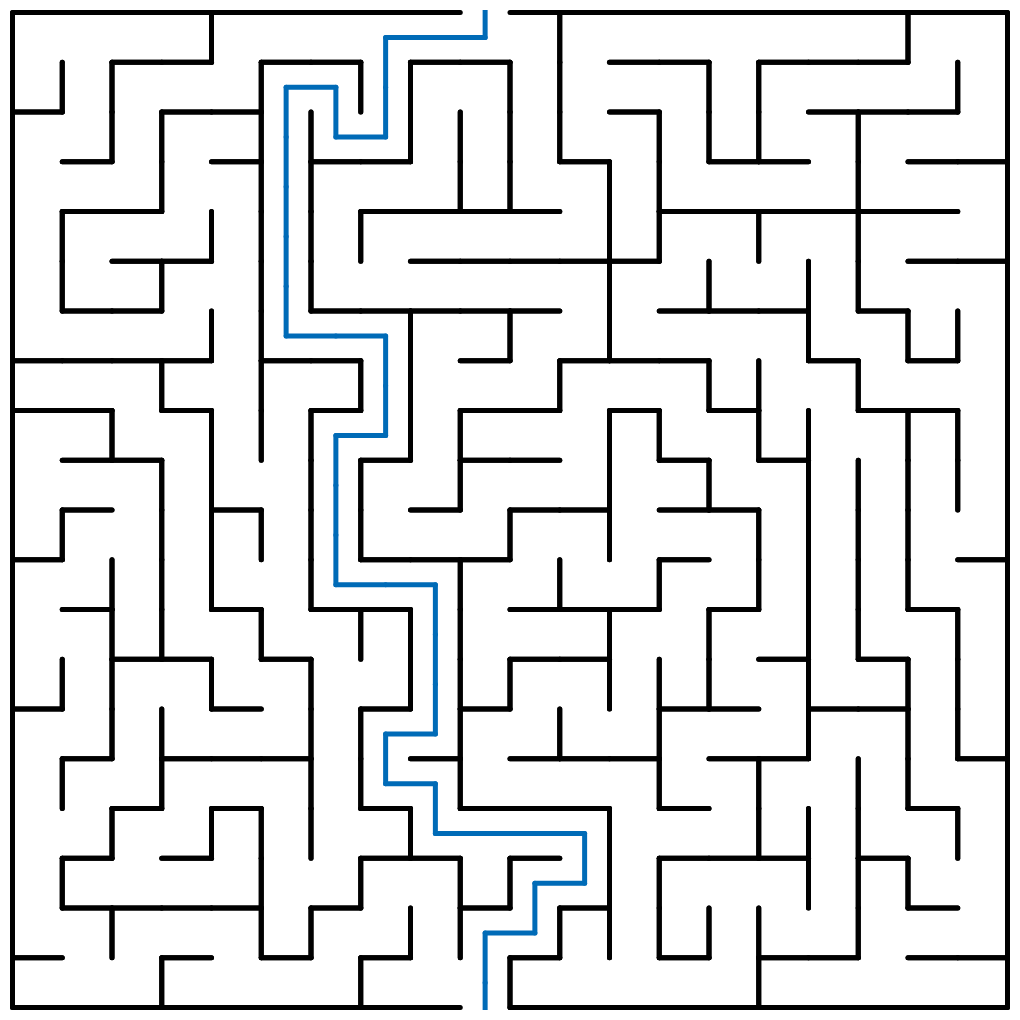Blog
Simple mazes
Simple Mazes for Preschoolers: A Fun and Educational Tool
Mazes have been a source of fascination and enjoyment for people of all ages for centuries. While complex labyrinths can challenge even the most astute minds, simple mazes designed for preschoolers offer an excellent way to combine fun with learning. These mazes are not just a source of entertainment; they are educational tools that can significantly benefit the cognitive and motor development of young children.
What Are Simple Mazes?
Simple mazes are puzzles that consist of a starting point, a path, and an endpoint. The objective is for the player to navigate from the start to the finish without hitting any dead ends. Unlike their more complicated counterparts, simple mazes for preschoolers are designed with basic shapes and straightforward paths to ensure that they are age-appropriate and not overly challenging.
Benefits of Simple Mazes for Preschoolers
1. **Enhances Problem-Solving Skills**: Navigating through a maze requires a child to think critically and make decisions. This enhances their problem-solving abilities and encourages logical thinking.
2. **Improves Fine Motor Skills**: Tracing the path through a maze helps improve hand-eye coordination and fine motor skills. These skills are crucial for tasks such as writing, buttoning clothes, and using utensils.
3. **Boosts Concentration**: Completing a maze requires focus and attention to detail. This can help preschoolers improve their concentration and patience, skills that are essential for their future academic endeavors.
4. **Encourages Independence**: Solving a maze independently can give preschoolers a sense of accomplishment and boost their confidence.
5. **Introduces Early Math Concepts**: Simple mazes can introduce preschoolers to basic math concepts such as spatial awareness, shapes, and directions.
Types of Mazes for Preschoolers
1. **Straight Line Mazes**: These are the simplest form of mazes, featuring a straightforward path from start to finish. They are ideal for very young children who are just getting started with maze activities.
2. **Curved Path Mazes**: These mazes introduce gentle curves and turns, adding a bit more complexity while still being manageable for preschoolers.
3. **Themed Mazes**: These mazes incorporate fun themes like animals, holidays, or favorite cartoon characters, making the activity more engaging and enjoyable for children.
4. **Printable Mazes**: Many websites offer free, printable maze worksheets designed specifically for preschoolers. These can be easily accessed and printed for use at home or in the classroom.
Tips for Introducing Mazes to Preschoolers
1. **Start Simple**: Begin with the most straightforward mazes to ensure that the child does not get frustrated. Gradually introduce more complex mazes as their skills improve.
2. **Use Encouragement**: Praise their efforts and successes to build their confidence and encourage them to try more challenging mazes.
3. **Incorporate Stories**: Turn maze-solving into a story or adventure. For example, “Help the bunny find its way home” can make the activity more appealing.
4. **Interactive Mazes**: Use finger tracing on large printed mazes or even create physical mazes using toys and objects. This adds a tactile element to the activity.
5. **Regular Practice**: Incorporate maze activities into their regular playtime to develop their skills consistently.
Simple mazes for preschoolers are more than just a fun activity; they are a powerful educational tool that can assist in developing crucial life skills. From enhancing problem-solving and fine motor skills to boosting concentration and independence, the benefits are plentiful. By making maze-solving an enjoyable and regular part of a child’s routine, parents and educators can support their developmental journey in a fun and engaging way.

